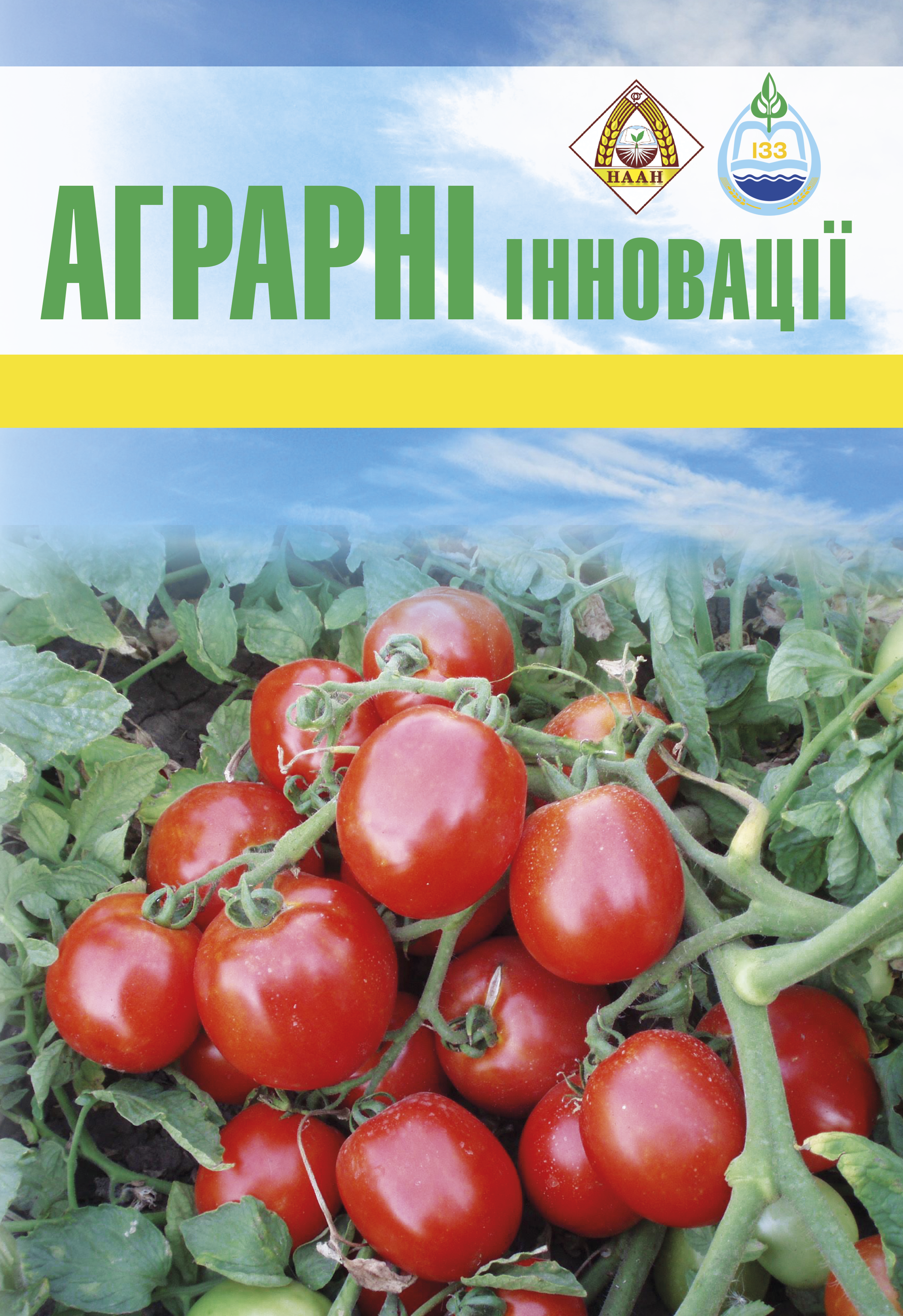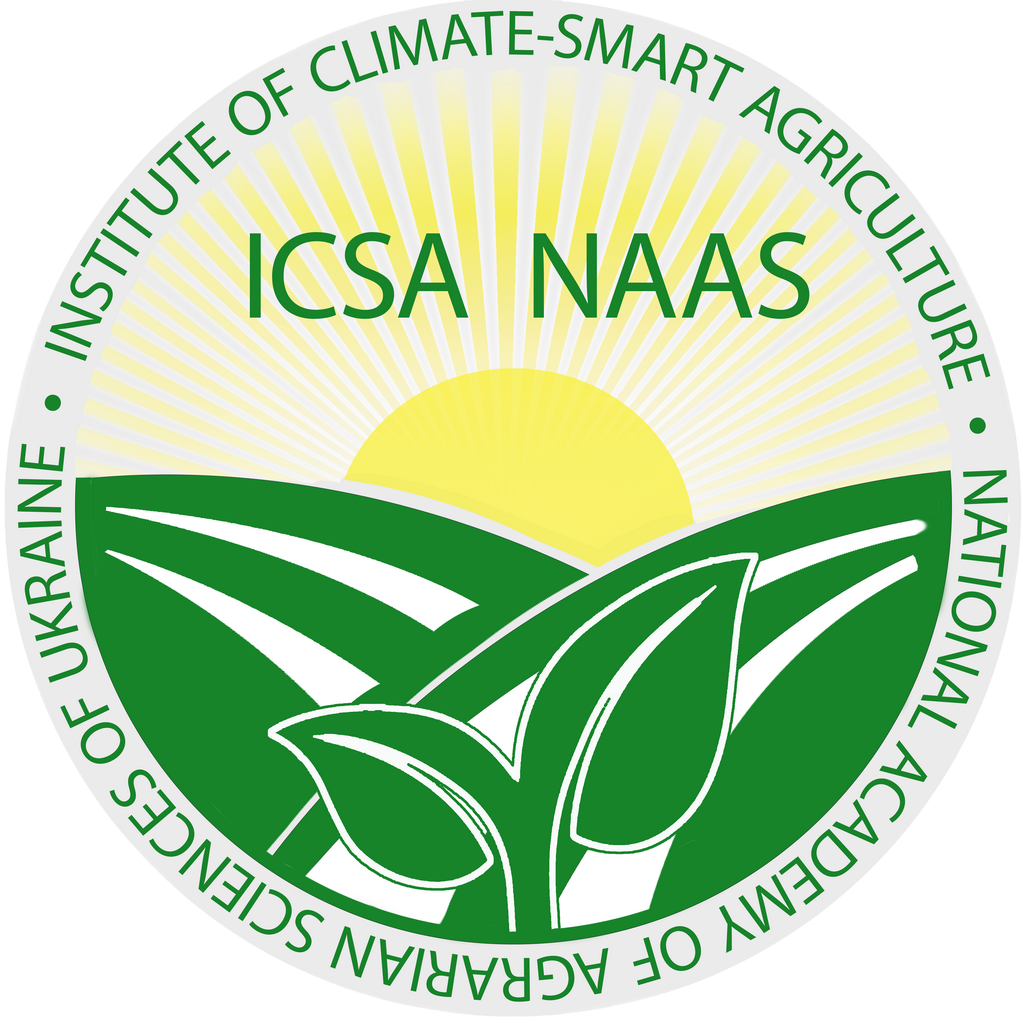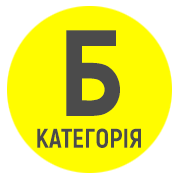Study of the intensity of accumulation of heavy metals by Melilotus albus plants on soils affected by hostilities
Abstract
The aim of the study is to lern the intensity of accumulation of heavy metals in Melilotus albus plants grown on soils affected by hostilities, in particular as a result of contamination by fragments of ammunition, explosives, heavy equipment and armed intervention. Special attention is paid to the assessment of the phytoremediation potential of Melilotus albus as a crop for the restoration of degraded areas and the purification of soils from toxic elements. Methods. The methodological basis of this study is: empirical (field experiments and observations; measurement of indicators of the object of study; theoretical (hypothesis formulation and formation of conclusions based on research results; statistical; mathematical. Results. The intensity of heavy metal contamination of different types of soils that have suffered the consequences of hostilities and the cultivation of phytoremediant plants of Melilotus albus on them was studied. Exceedance of the maximum permissible concentrations of Pb, Cd, Zn and Cu was established in sod-podzolic soils of the city of Ovruch, Zhytomyr region and gray forest soils of the city of Kalynivka, which were directly exposed to the effects of hostilities, in the form of detonation of debris materials of cruise missiles Х-101. Studies have shown the effectiveness of growing Melilotus albus on such soils as a powerful phytoremediant. In the plant mass of Melilotus albus, the maximum permissible concentration of heavy metals was found to be exceeded only for Zn, which indicates the positive effect of growing this crop on lands affected by hostilities. Conclusions. The results of the study confirm the high efficiency of Melilotus albus in the processes of phytoremediation of soils contaminated as a result of hostilities. The plant has shown the ability to accumulate heavy metals: Pb, Cd and Cu and to a lesser extent – Zn, which Melilotus albus can accumulate in higher concentrations, which is shown in our studies, to tolerate high concentrations of pollutants. To remove excess concentrations of Zn, other phytoremediant crops can be planted on these lands, which are able to accumulate the heavy metal – Zn to a lesser extent.
References
2. Грицаєнко З.М., Грицаєнко А.О., Карпенко В.П. Методи біологічних та агрохімічних досліджень рослин і ґрунтів. К.: ЗАТ Нічлава, 2003. 320 с.
3. Frick C. M., Farrell R. E, Germida J. J. Assessment of phytoremediation as an in situ technique for cleaning oil-contaminated sites. PTAC Petroleum Technology Alliance, Canada, Calgary, 1999. 88 р.
4. Цицюра Я.Г., Шкатула Ю.М., Забарна Т.А., Пелех Л.В. Інноваційні підходи до фіторемедіації та фіторекультивації у сучасних системах землеробства: монографія. Вінниця: ТОВ «Друк», 2022. 1200 с.
5. Демидась Г.І., Захлєбаєв М.В. Продуктивність буркуну білого в чистих та сумісних посівах з однорічними злаковими культурами. Збірник наукових праць Уманського національного університету садівництва. 2017. Вип. 90(1). С. 47–54.
6. Косуба Р.Б., Ткачук О.Ю. Стан і перспективи використання буркуну лікарського в медицині та фармації. Фітотерапія. 2009. № 2. С. 53–56.
7. Лавриненко Ю.О., Влащук А.М., Влащук О.А. Особливості водоспоживання буркуну білого однорічного в умовах Півдня України. Таврійський науковий вісник. 2019. Вип.110. Ч.1. C. 113–119.
8. Влащук А.М. Оптимізація параметрів адаптивної технології вирощування буркуну білого однорічного. Актуальні проблеми землеробської галузі та шляхи їх вирішення: матер. Всеукр. наук.-практ. конф. (Миколаїв. 04-06 грудня 2019 р.). Миколаїв: МНАУ. 2019. С. 20–22.
9. Razanov S., Alieksieiev O., Alieksieievа O., Vradii O., Mazur K., Puyu V., Piddubna A., Povoznikov M., Postoienko D., Zelisko O. The сontent of heavy metals and trace elements in different soils used under the conditions of homestead plots and field agricultural lands of Ukraine. Journal of Ecological Engineering. 2024. Vol. 25 (6). P. 42–50. DOI: https://doi.org/10.12911/22998993/186820
10. Мазур В.А., Врадій О.І. Моніторинг забруднення грунтів важкими металами науково-дослідної ділянки в НДГ «Агрономічне» Вінницького національного аграрного університету. Сільське господарство та лісівництво. 2019. № 2 (13). С. 16–24. DOI: 10.37128/2707-5826-2019-2-2
11. Ткачук О.П., Врадій О.І. Баланс поживних речовин у ґрунті при вирощуванні зернобобових культур. Екологічні науки. 2022. № 2 (41). C. 43–47. DOI: https://doi.org/10.32846/2306-9716/2022.eco.2–41.7
12. Razanov S.F., Husak O.B., Tkalich Y.I., Vradii O.I., Aleksieiev O.O., Verhelis V.I., Razanova A.M. Influence of soil moisture level on the translocation of plumbum and cadmium in the grains of winter cereals. Agrology. 2022.Vol. 5(4). P. 122–125. DOI: 10.32819/021119
13. Vradii O.I., Alieksieiev O.O. Ecological and economic assessment of the state of forest ecosystems in the conditions of marital state in Ukraine. Аграрні інновації. 2024. № 27. С. 29–36. DOI: https://doi.org/10.32848/agrar.innov.2024.27.4
14. Alves J.D.C., Souza A.P.D., Pôrto M.L.A., Fontes R.L.F., Arruda J., Marques L.F. Potential of sunflower, castor bean, common buckwheat and vetiver as lead phytoaccumulators. Revista Brasileira de Engenharia Agrícola e Ambiental. 2016. Vol. 20. No 3. P. 243–249. https://doi.org/10.1590/1807-1929/agriambi.v20n3p243-249
15. Amjad M., Iqbal M.M., Abbas G., Farooq A.B.U., Naeem M.A., Imran M., Murtaza B., Nadeem M., Jacobsen S.-E. Assessment of cadmium and lead tolerance potential of quinoa (Chenopodium quinoa Willd) and its implications for phytoremediation and human health. Environmental Geochemistry and Health. 2022. Vol. 44. No 5. P. 1487–1500. https://doi.org/10.1007/s10653-021-00826-0
16. Bauddh K., Singh K., Singh B., Singh R. P. Ricinus communis: A robust plant for bio-energy and phytoremediation of toxic metals from contaminated soil. Ecological Engineering. 2015. Vol. 84. P. 640–652. https://doi.org/10.1016/j.ecoleng.2015.09.038






